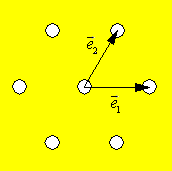PCH0x0.PRO: Photonic Crystal with Hexagonal Lattice
Periodic structure, Evaluation of the
periodic constants for non-rectangular grids, Real eigenvalue search, Photonic
crystals, Advanced eigenvalue search function definition, Fictitious excitations
for eigenvalue problems, Eigenvalue estimation and tracing, plotting composite
functions.
J. Smajic, Computational
Optics Group, IFH, ETH, 8092
Back to MaX-1, MaX-1 Examples Overview

Fig. 1. Photonic crystal structure (original lattice) with two lattice vectors
For the dielectric constant is possible to write:
![]() , where
, where ![]() is one of the original
lattice vectors.
is one of the original
lattice vectors.
According to the Bloch’s theorem, it is possible to write:
![]() , and
, and ![]() is also the periodic
function.
is also the periodic
function.
On the base of these equations, it is easy to prove the following equation:
![]() .
.
Non-trivial solutions of this equation are only found when:
![]() , i.e.
, i.e. ![]() , where N is an integer.
, where N is an integer.
This allows us to define the so-called reciprocal lattice space, spanned by the reciprocal lattice vectors. We first define the original lattice vectors as follows:
![]() , where
, where ![]() ,
, ![]() ,
, ![]() are three independent
lattice vectors and
are three independent
lattice vectors and ![]() ,
, ![]() ,
, ![]() are integer numbers. Note that
are integer numbers. Note that ![]() is missing in 2D
crystals.
is missing in 2D
crystals.
Similarly we write for the primitive reciprocal lattice vectors:
![]()
If we want to make construction of the reciprocal lattice, one possible solution is given by the following equations:
![]() ,
, ![]() ,
, ![]()
These equations are derived from
the definition of the reciprocal lattice vector space. For the 2D situation,
the vector![]() should be omitted and the vector
should be omitted and the vector ![]() will become the unit
vector
will become the unit
vector![]() .
.
The primitive lattice vectors for the triangular lattice are shown in the following figures.
|
Fig. 2. The original lattice |
Fig. 3. The reciprocal lattice |
On the base of the equations
above, it is possible to make an important conclusion. The discrete
translational symmetry of a photonic crystal leads us to the fact that the
modes with the wave vector ![]() and with the wave
vector
and with the wave
vector ![]() are identical, i.e. we
have periodicity also in the reciprocal space. The basic cell for this
periodicity is called the first Brillouin zone. It can be defined as a zone
around any lattice point in the reciprocal space with points that are closer to
that lattice point than to any other lattice point.
are identical, i.e. we
have periodicity also in the reciprocal space. The basic cell for this
periodicity is called the first Brillouin zone. It can be defined as a zone
around any lattice point in the reciprocal space with points that are closer to
that lattice point than to any other lattice point.
The Brillouin zone construction (using Bragg’s planes – blue lines) for a triangular lattice is shown in the Figure 4. Because of the symmetry, we need to analyze only a part of the 1st BZ. This part is called irreducible 1st BZ, as illustrated in Figure 4.
For the photonic bandgap computation using the MMP method contained in MaX-1, it is useful to give some details about the periodic constants (Cx and Cy) for the triangular lattice case.
For the triangular lattice, we first define the components: Xx, Yx and Yy, of the vectors spanning the original cell. These values are shown in Figure 5. When we set these values, MaX-1 works with the non-orthogonal coordinate system X’Y’ shown in Figure 5.
In the point “P” we can write the field on the base of the field value in the point “R” as follows:
![]()
On the other hand, if we write this equation in the usual Cartesian coordinate system, we have:
![]()
For the constants Xx, Yx and Yy we can write:
![]() ,
,![]() ,
, ![]() , (
, (![]() ) and obtain:
) and obtain:
![]()
We therefore have:
![]() , and
, and ![]() (for
(for ![]() ).
).
This allows us to calculate the periodic constants in the case of the triangular lattice.
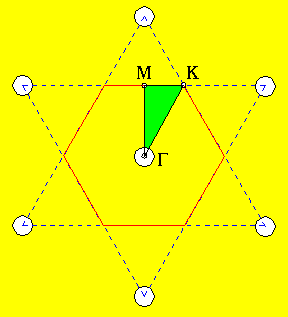
Fig. 4. The 1st Brollouin zone construction and detail of the irreducible part
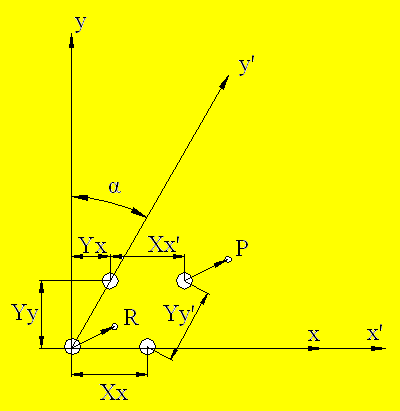
Fig. 5. The coordinate systems with respect to the symmetry
For the bandgap calculation, the Cx and Cy values are calculated on the base of the 1st irreducible BZ in the reciprocal space. After this step, it is necessary to calculate the Cx’ and Cy’ values and with these values we can go in the eigenvalue search process using MaX-1, like in the figure 6.
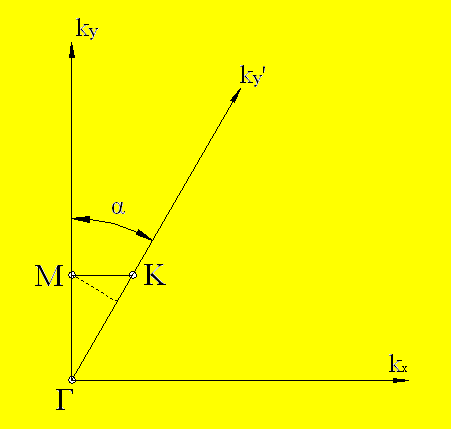
Fig. 6. Detail of the periodic constant (Cx’, Cy’) calculation for the point M
Example:
Let us consider a dielectric 2D photonic crystal with: a = 10-6 (m), εr = 8.41 (inside the dielectric rods), r = 0.15ּa, triangular lattice (Fig. 1.). The wave vector components and periodic constants with:
![]() , and
, and ![]() ,
, ![]()
we obtain for the three corners in the M, K and Г of the irreducible 1st BZ.
Г: ![]() ,
,
![]() ,
,
![]() ,
, ![]() ,
,
M: ![]() ,
, ![]() ,
,
![]() ,
, ![]() ,
,
K: ![]() ,
, ![]() ,
,
![]() ,
, ![]() .
.
The results of the MaX-1 bandgap computations are given in the Fig. 8. and Fig. 9.
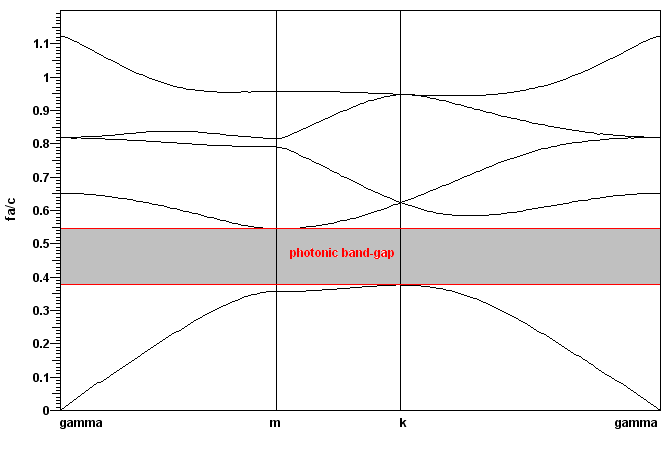
Fig. 7. Band structure of the 2D dielectric photonic crystal for the TE modes
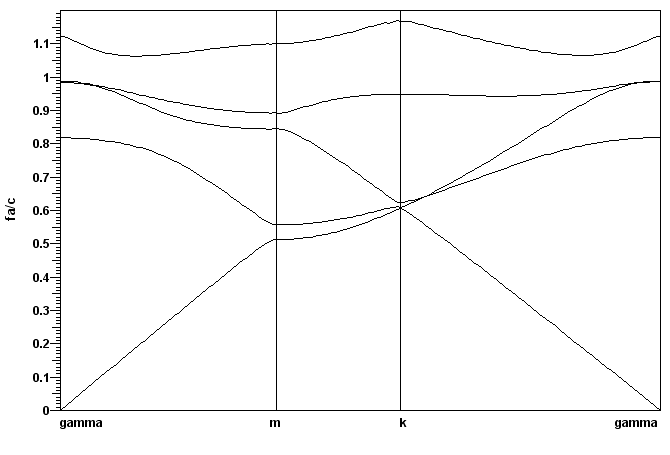
Fig. 8. Band structure of the 2D dielectric photonic crystal for the TM modes
Download the project for TE and TM modes! Back to my home page!
